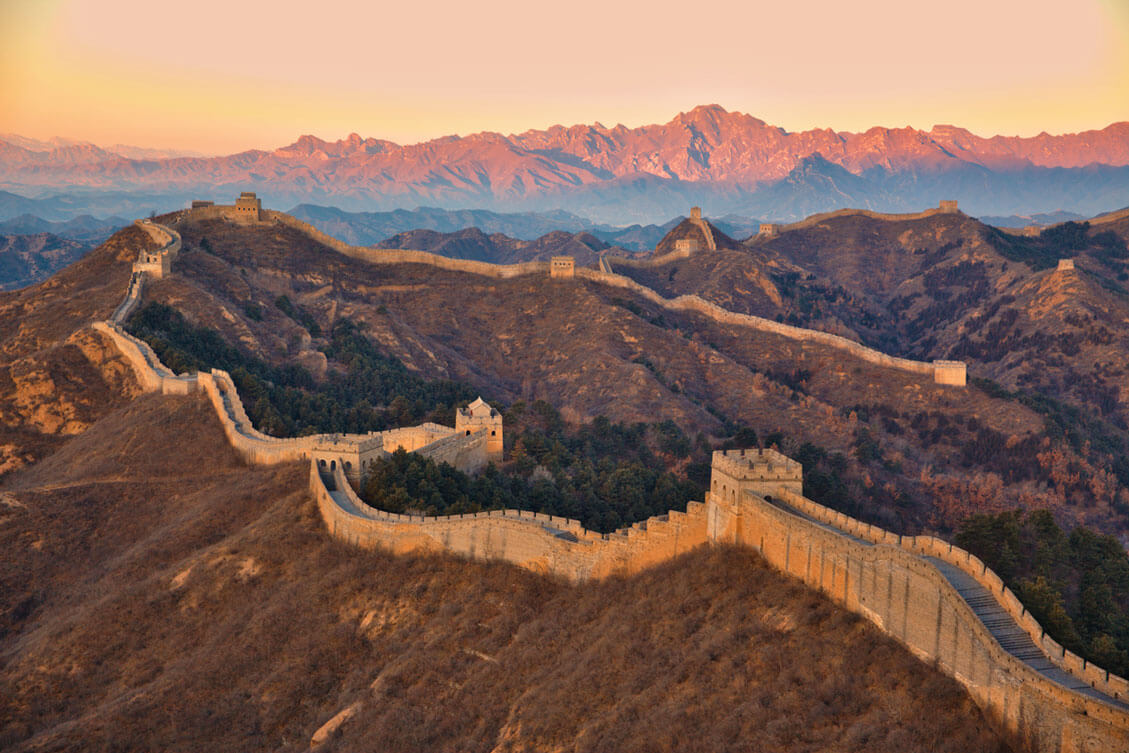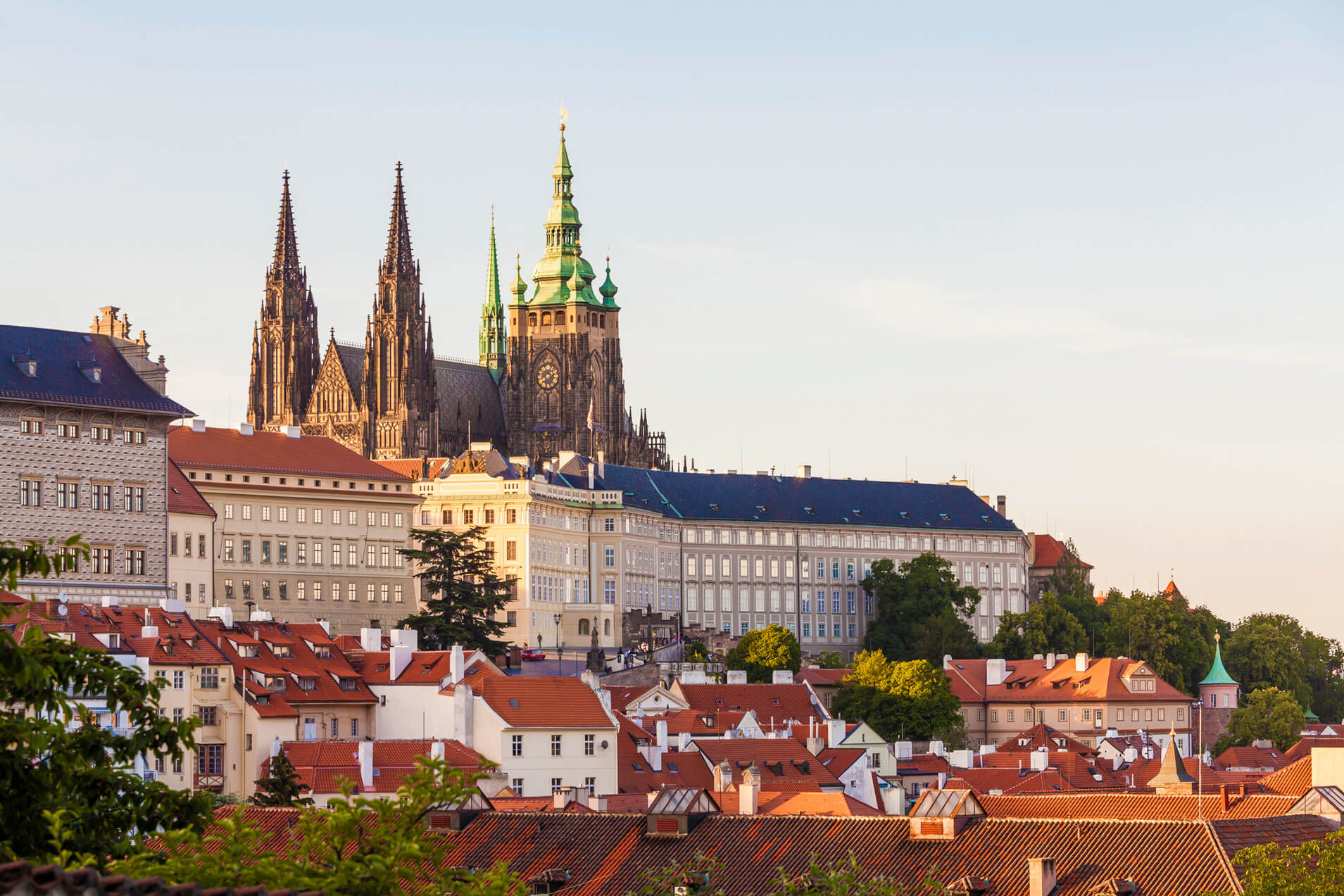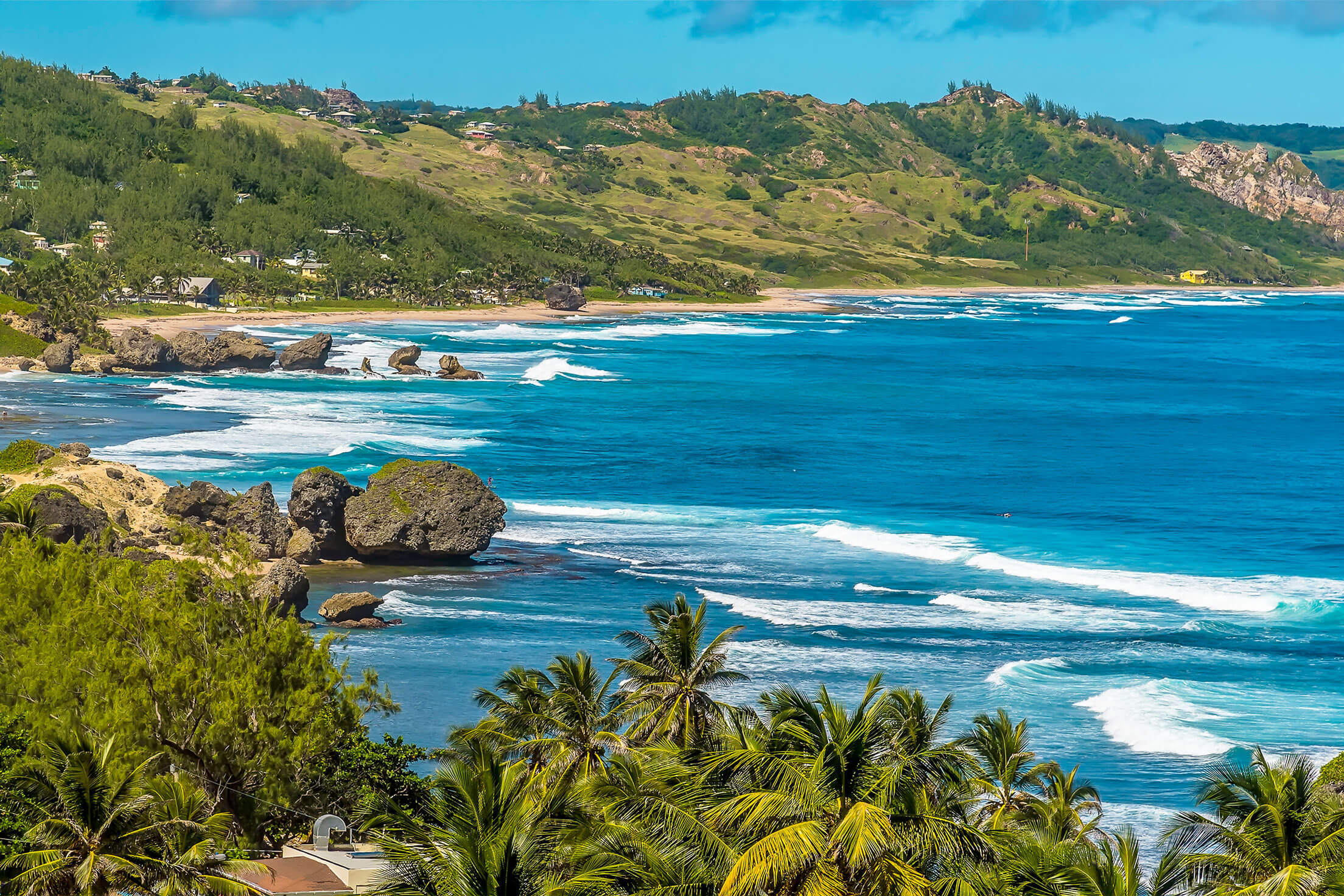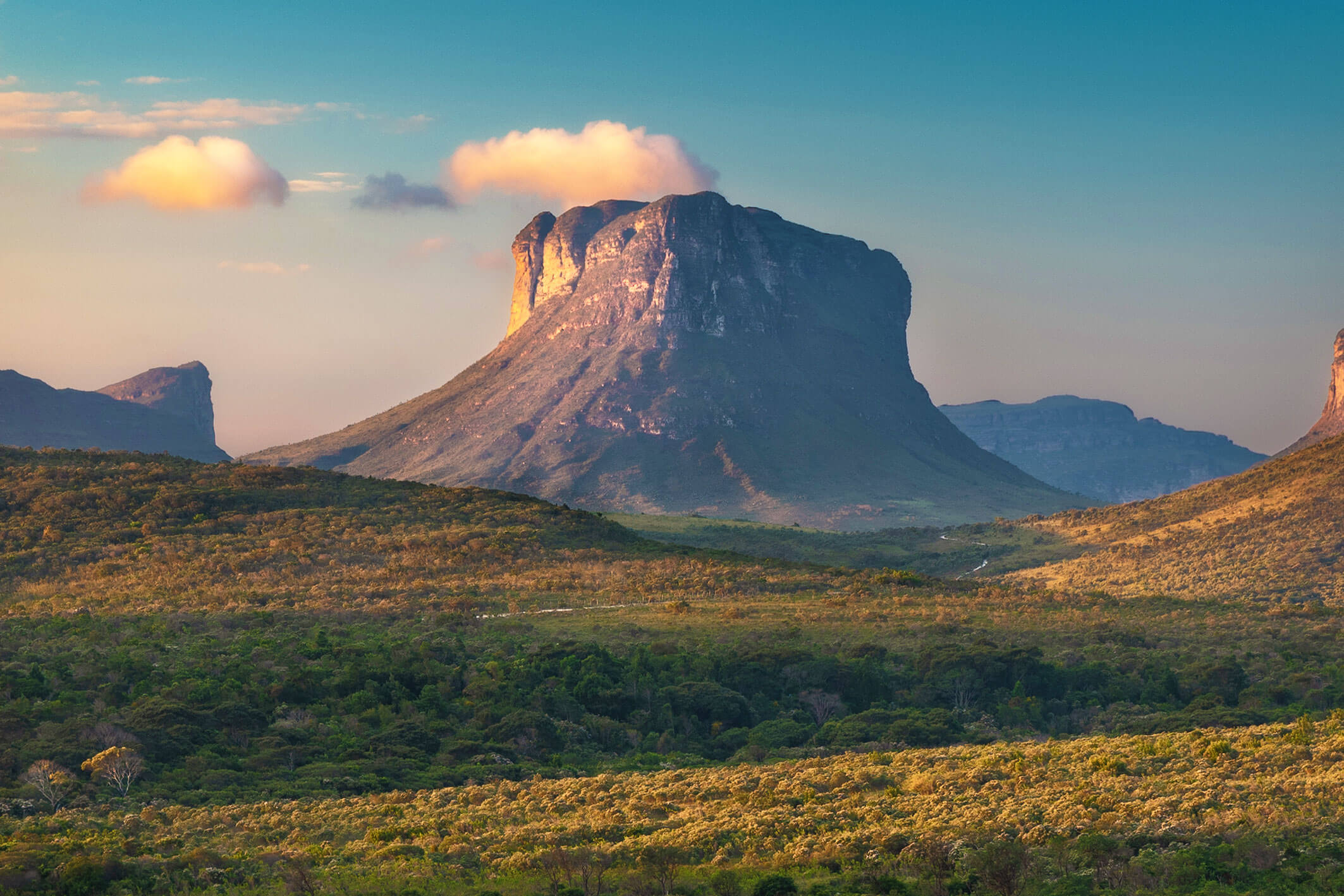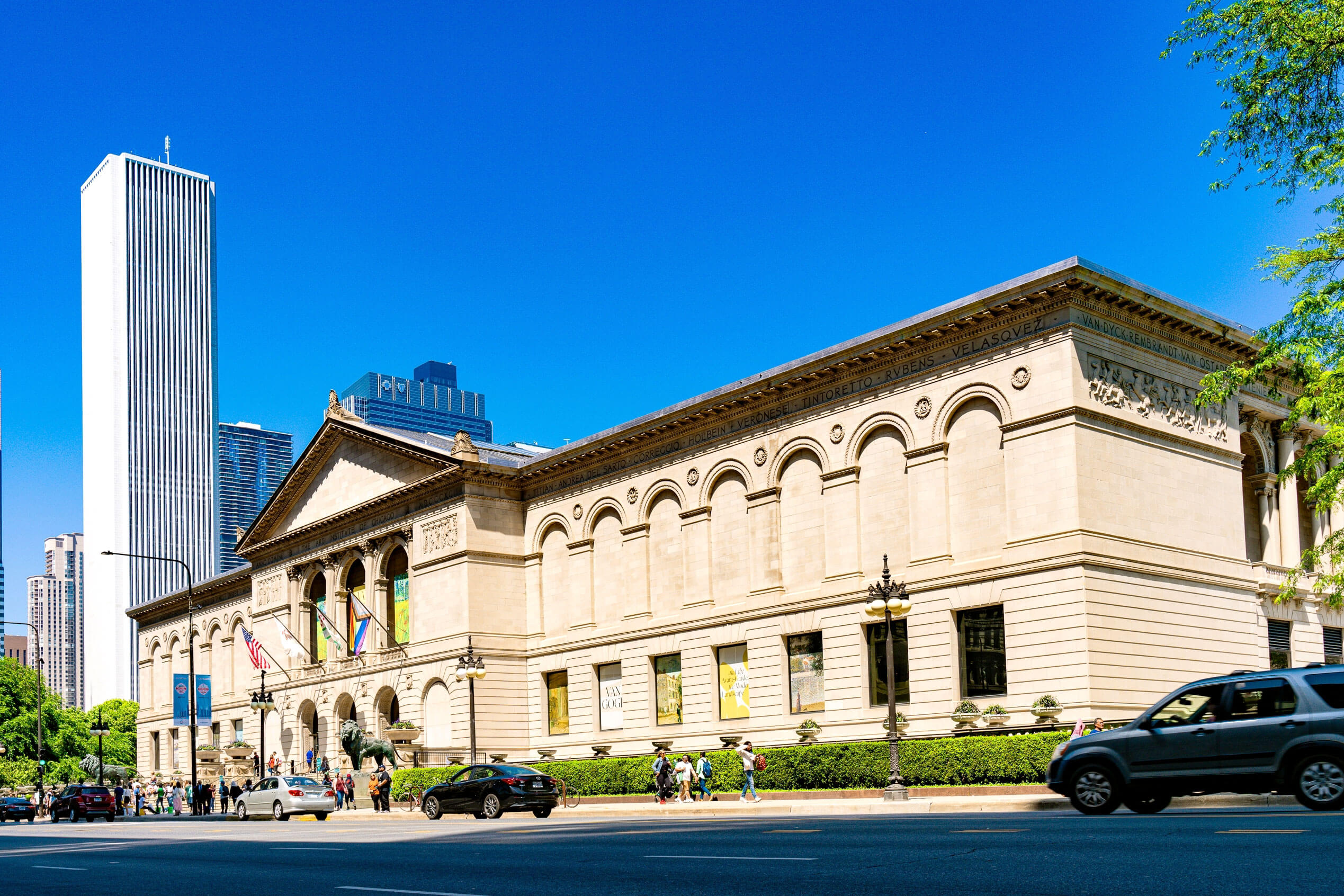1/1 Oops. Incorrect.
0%
0pts Earned
0/1correct
20/20
Whose father founded the first European settlement in Greenland?
Erik the Red founded the first European settlement in Greenland in 985 CE, when his son Leif Eriksen was about 25 years old. Erik left Norway for Iceland after his father was exiled, and Erik was subsequently exiled from Iceland around 980 — which led him to Greenland. Erik named the country Greenland, thinking it would sound attractive to potential settlers.
Source: BritannicaFerdinand Magellan
8%
Jacques Cartier
7%
Marco Polo
5%
Leif Erikson
80%
19/20
In 2007, Irishman Thomas Maguire set a record in what?
In 2007, 43 runners from 22 countries raced in what Guinness World Records recognized as the world’s most northerly marathon, run entirely on the frozen Arctic Ocean. Ireland’s Thomas Maguire finished the icy run in a winning time of 3 hours, 36 minutes, and 10 seconds. Temperature on the day of the race was -13 degrees Fahrenheit.
Source: North Pole MarathonColdest freestyle swim
62%
Northernmost marathon
16%
Northernmost yacht race
7%
Largest ice sculpture contest
15%
18/20
The “Pole of Cold,” the world’s coldest inhabited place, is found where?
Russia is home to the hottest Arctic location on record — and also the coldest inhabited place on Earth. Yakutia, Russia’s Oymyakon Valley has average January temperatures of -58 degrees Fahrenheit, with a world record low (among inhabited places) of -96.16 degrees. Known as the “Pole of Cold,” Oymyakon has a population of just under 500 people.
Source: 56th ParallelCanada
21%
Iceland
15%
Norway
15%
Russia
49%
17/20
What do arctic foxes change, depending on the season?
The Arctic fox changes fur color throughout the year to blend in better with a changing environment and to help with thermal insulation. In the winter, Arctic foxes wear bright white coats that are at their thickest to combat the cold. In the summer, the foxes shed the thick white coats to reveal thinner coats of gray, brown, and even bluish colors.
Source: World Wildlife FundFur color
91%
Mating call
2%
Diet
5%
Hibernation
2%
16/20
Among Arctic cities, Verkhoyansk, Russia, holds what record?
The warmest Arctic city is Verkhoyansk, Russia, which reached a record temperature of 100.4 degrees Fahrenheit on June 20, 2020. The summer of 2020 saw average temperatures across Arctic Siberia reaching 50 degrees Fahrenheit above average, causing fires and massive sea ice loss. It was the hottest year in Antarctica’s history.
Source: World Meteorological OrganizationHighest elevation
53%
Most research stations
25%
Warmest temperature
11%
Greatest population
11%
15/20
In 2007, Russia claimed the North Pole by planting a flag where?
In 2007, two small Russian submarines symbolically called “dibs” on huge amounts of oil and gas reserves, when they planted a national flag into a seabed 2.5 miles below the North Pole. Submarines named Mir-1 and Mir-2 dove 14,100 feet to collect samples from the seabed, hoping to prove to the UN that the land is officially part of Russia.
Source: The GuardianUnderwater
19%
On a mountain
18%
Atop an ice floe
51%
Inside a science lab
12%
14/20
Among birds, which record is held by the Arctic tern?
The Arctic tern not only has the longest known annual migration among birds, but also the longest known migration in the entire animal kingdom. The Arctic tern typically measures about 16 inches long, with a 30-inch wingspan. Every year, the birds travel about 56,000 miles from Arctic Greenland south to the Weddell Sea off Antarctica. The Arctic tern typically lives up to 30 years.
Source: Bird LifeFastest air speed
9%
Longest hibernation
15%
Greatest amount of fish consumed
7%
Longest annual migration
69%
13/20
Which Arctic animal is nicknamed “the unicorn of the sea”?
Because of their prominent tusks (which is actually a tooth) that can grow up to 10 feet in length, narwhals have been nicknamed “the unicorn of the sea.” Sometimes that nickname sells them short, as some narwhals actually have two tusks. Narwhals spend up to five months in the winter underneath sea ice in the Arctic Circle.
Source: World Wildlife FundRinged seal
8%
Narwhal
77%
Beluga whale
11%
Greenland shark
4%
12/20
The word “arctic” comes from the Greek word for what?
Arctic comes from the Greek word “arktos,” which translates to “bear.” The name didn’t originate due to polar bears, however. It refers to two constellations seen best from the northern sky: Ursa Major, the Great Bear (also known as the Big Dipper), and Little Bear. Antarctic means “opposite of the bear,” and it refers to Earth’s southern extreme.
Source: Arctic CentreSnow
28%
White
54%
Night
8%
Bear
10%
11/20
With nearly 300,000 people, what is the largest city in the Arctic Circle?
Russia’s port city of Murmansk is the largest city found north of the Arctic Circle, with a population of around 282,000 people as of 2023. Murmansk is one of Russia’s busiest ports, located on the Kola Bay off the Barents Sea. Although it’s within the Arctic Circle, the bay is free of ice due to the heat of the North Atlantic Current. Murmansk was founded in 1916 by Nicholas II, the last czar of the Russian Empire.
Source: Arctic RussiaTromso, Norway
23%
Kiruna, Sweden
7%
Murmansk, Russia
42%
Whitehorse, Canada
28%
10/20
Which of these Canadian provinces does NOT touch the Arctic Circle?
About 40% of Canada falls within the Arctic Circle, although the province of Ontario does not reach that far north. The Northwest Territories, Nunavut, and Yukon are fully Arctic, as are the northern parts of Quebec, Manitoba, and Newfoundland and Labrador. About 150,000 Canadians live on what is considered Arctic land.
Source: Arctic CouncilNunavut
6%
Ontario
42%
Quebec
38%
Manitoba
14%
9/20
Which of these phenomena is NOT found in the Arctic Circle?
The polar night happens around December 21 each year, while midnight sun appears around June 21. The aurora borealis, more commonly known as the northern lights, appears in the Arctic when the sky is darkest, usually between November and February. Moonbows are rainbows that can only be seen at night, and they are found near waterfalls.
Source: Arctic KingdomPolar night
9%
Midnight sun
8%
Aurora borealis
8%
Moonbows
74%
8/20
Two explorers from what country claimed to reach the North Pole first?
An American explorer named Dr. Frederick A. Cook claimed to reach the North Pole in April 1908. In 1909, “The New York Times” credited another American explorer, Robert E. Peary, with the discovery, claiming he reached the North Pole 23 years and eight tries after his first attempt. In 1988, the National Geographic Society said Peary’s evidence fell short of proof, while Cook’s descriptions of the Arctic were made public first, and later confirmed by other explorers.
Source: Smithsonian MagazineUnited States
32%
Canada
9%
Russia
11%
England
48%
7/20
On what date does the sun NOT set in most parts of the Arctic Circle?
The southern border of the Arctic Circle is set at approximately 66°30′ N. Each location above this latitude experiences at least one day each year with 24 hours of sunlight. This happens on or around June 21 of each year, as locations found further north experience progressively longer amounts of continuous sunlight. The North Pole experiences day-round sunlight for six months every year.
Source: BritannicaMarch 21
6%
June 21
61%
September 21
4%
December 21
30%
6/20
Where can you find Santa’s “official” North Pole residence?
Santa Claus sets up shop at the North Pole, and while it might be tough to find it on your map, Finland has the next closest thing. One of Finland’s most popular tourist destinations is Santa’s “official” North Pole residence, located in the town of Rovaniemi within the Arctic Circle. The character of Santa Claus began being portrayed as a North Pole resident in the 1800s, popularized by an 1862 cartoon by artist Thomas Nast.
Source: LaplandCanada
45%
Finland
34%
Russia
2%
Greenland
19%
5/20
Which of these countries is NOT partly located in the Arctic Circle?
Eight nations have territory within the Arctic Circle, but China is not one of them. The United States, Canada, Norway, Sweden, Finland, Russia, Iceland, and Greenland can all claim to be Arctic countries. Denmark can also claim it by way of a technicality — Greenland is an autonomous country within the Kingdom of Denmark.
Source: World Population ReviewRussia
2%
United States
35%
China
57%
Finland
6%
4/20
What connects the Arctic Ocean to the Pacific?
The Bering Strait separates Asia and North America at their closest point (about 53 miles apart). The strait connects the world’s largest ocean, the Pacific, with its smallest, the Arctic. The legal border between Russia and the United States extends through the Bering Strait. The strait is named for Danish captain and explorer Vitus Bering, who sailed the strait in 1728.
Source: BritannicaBering Strait
88%
English Channel
3%
Strait of Hormuz
6%
Caspian Sea
4%
3/20
Which superlative applies to the Arctic Ocean?
At about 10% the size of the Pacific, the Arctic Ocean is the world’s smallest ocean, covering 6.1 million square miles. That still makes it about 1.5 times the size of the United States. At its deepest point, the Arctic reaches 18,264 feet to the ocean floor, which is about seven of the world’s tallest building — Dubai’s Burj Khalifa — stacked on top of one another.
Source: National Ocean ServiceWorld’s warmest ocean
2%
World’s smallest ocean
72%
World’s deepest ocean
12%
World’s newest named ocean
14%
2/20
Which of these can be found within the Arctic Circle?
Found at the 90th Parallel North, the North Pole sits at the center of the Arctic Circle. The “true” North Pole is located at the top of the axis of the Earth’s rotation, but it is slightly different from the location of Earth’s magnetic North Pole. The magnetic pole shifts over time, while the geographic North Pole is static.
Source: BritannicaNorth Pole
83%
South Pole
4%
Equator
2%
Antarctica
12%
1/20
Where is the world's northernmost permanent settlement?
Located about 600 miles from the North Pole, a Canadian military station called Alert is the world’s northernmost permanently settled location. Found on Ellesmere Island in the far north of Canada’s Nunavut territory, Alert has been home to a population of about 100 people since 1950.
Source: Smithsonian MagazineRussia
30%
Finland
18%
Greenland
34%
Canada
18%
Play Quizzes By Category
Play A Trending Quiz
Trending, related and recent quizzes you may be interested in
